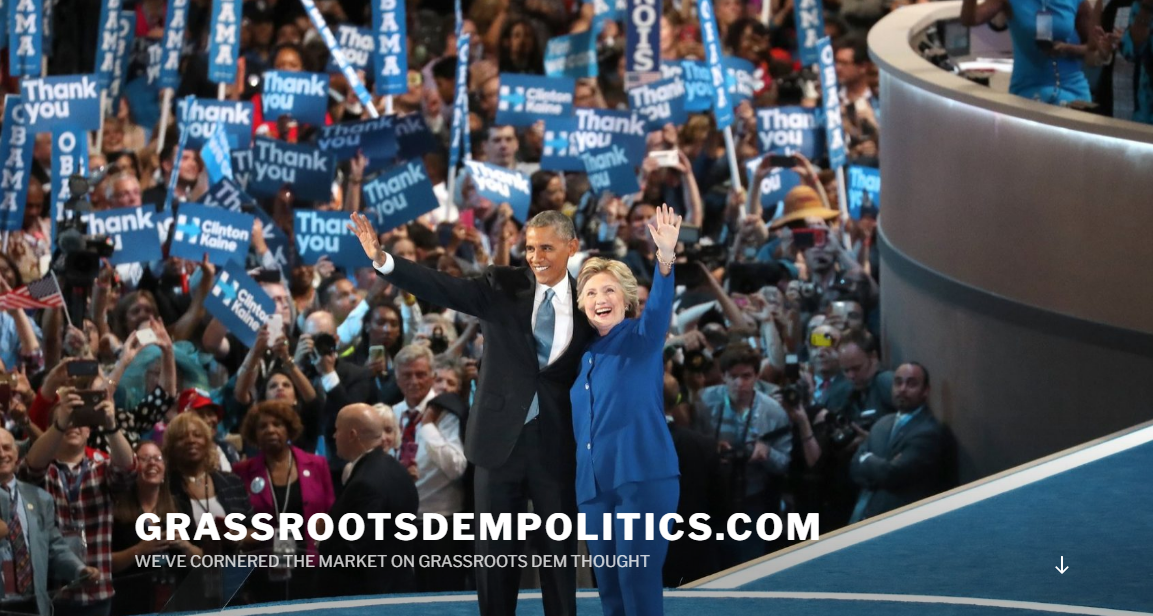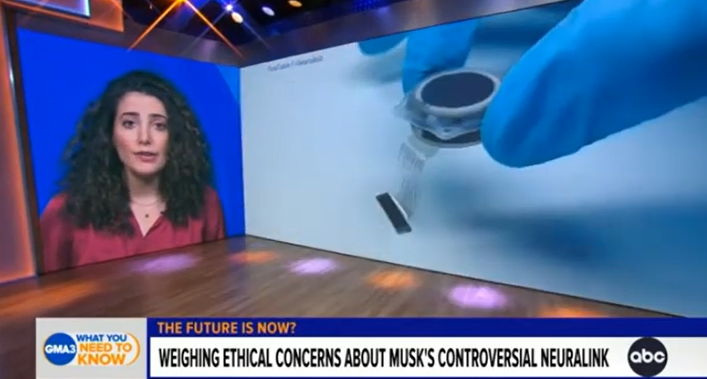Please consider $upporting GDPolitics by scanning the QR code below or clicking on this link

A recent segment on MSNBC’s The Last Word with Lawrence O’Donnell sparked intense debate by suggesting that the Trump-era Department of Government Efficiency (DOGE)—until recently led by Elon Musk before the agency was disbanded this month—has triggered devastating humanitarian consequences through its rapid cuts to USAID programs. The report cited estimates—hotly disputed by DOGE supporters and independent analysts alike—that hundreds of thousands of Africans, many of them children, could die or may already have died as a result of withdrawing funding from health and nutrition programs that had long relied on U.S. support. Whether these figures represent confirmed deaths, worst-case projections, or something in between has become central to the wider political and moral argument.
Critics of DOGE argue that even the lowest plausible estimates of harm would constitute a profound moral failure by the United States. They contend that the speed and scope of the cuts all but guaranteed instability in regions where U.S.-backed programs had become essential to basic survival. From this viewpoint, fixating on the precision of the numbers risks missing the larger point: that preventable suffering—even at a fraction of the projections mentioned on air—would still be catastrophic and vastly outweigh any budgetary savings DOGE hoped to achieve.
Supporters of the cuts offer a very different narrative. They argue that the United States cannot indefinitely shoulder the burden of funding core public-health systems across developing nations while grappling with its own severe fiscal challenges. They also question the reliability of the projections referenced in cable-news segments, noting that models built on incomplete data often produce dramatic but speculative results. To them, MSNBC’s framing is an example of worst-case scenarios being treated as established fact, while years of inefficiency, redundancy, and poor oversight within USAID’s global operations go unaddressed. Critics respond that this fiscal-responsibility argument is undermined by the Trump administration’s willingness to approve major financial packages elsewhere—such as the recent $40-billion bailout for Argentina—which suggests that affordability may be less a constraint than political preference.
Overlaying all of this is an uncomfortable personal dimension involving Elon Musk himself. Born and raised in South Africa during the apartheid era, Musk’s early life and the advantages associated with that system have long been scrutinized in discussions of race, privilege, and inequality. For many Africans, the symbolism of an African-born billionaire—one whose family benefited from a racially stratified society—having overseen cuts that disproportionately harmed the continent is hard to ignore. Even though DOGE is now dissolved and Musk no longer holds that position, the optics remain deeply fraught, and skepticism among African observers is understandable.
Despite these tensions, nearly everyone agrees on one central point: USAID has indeed faced problems with waste, inefficiency, and poorly evaluated programming. But acknowledging these flaws does not require dismantling the lifesaving work that competent aid can deliver. With thoughtful reforms, stronger accountability, and better targeting of resources, the United States could address the system’s shortcomings without abandoning vulnerable populations who depend on these services. The real challenge lies in balancing fiscal discipline with global humanitarian leadership—while keeping the human consequences, not just the spreadsheets, at the center of the conversation.


